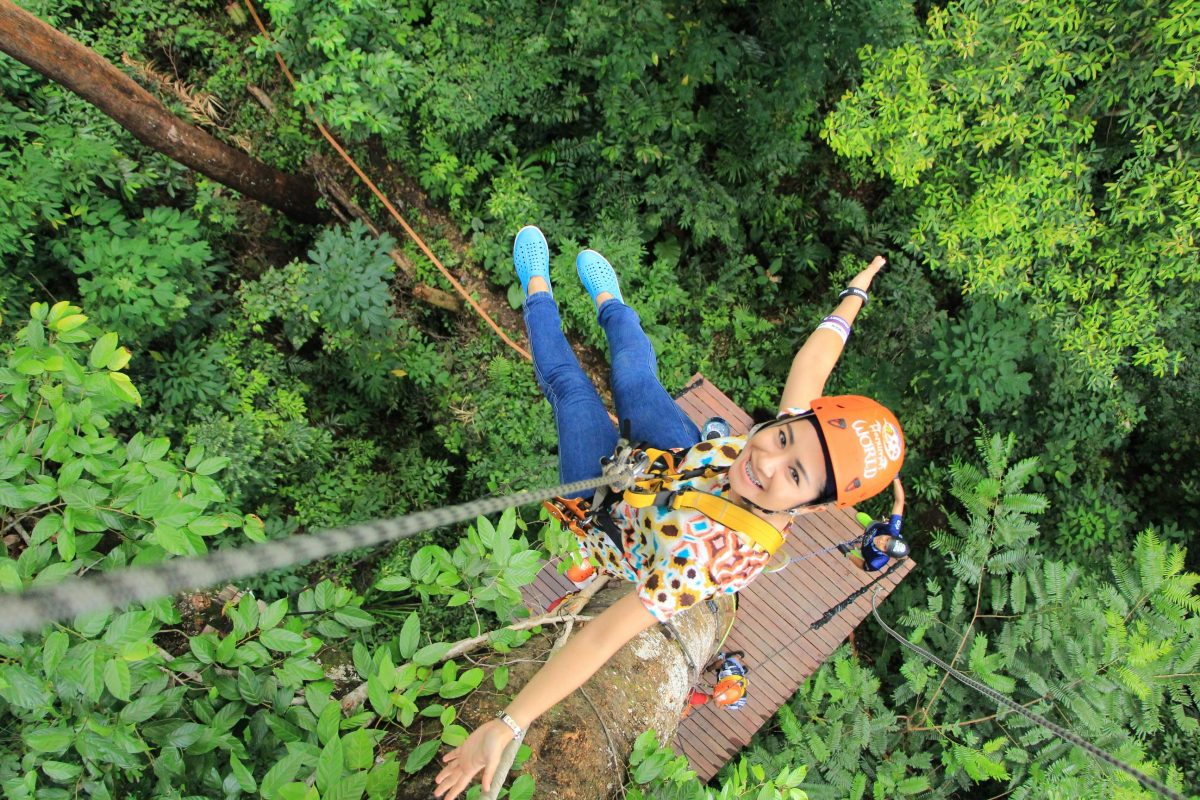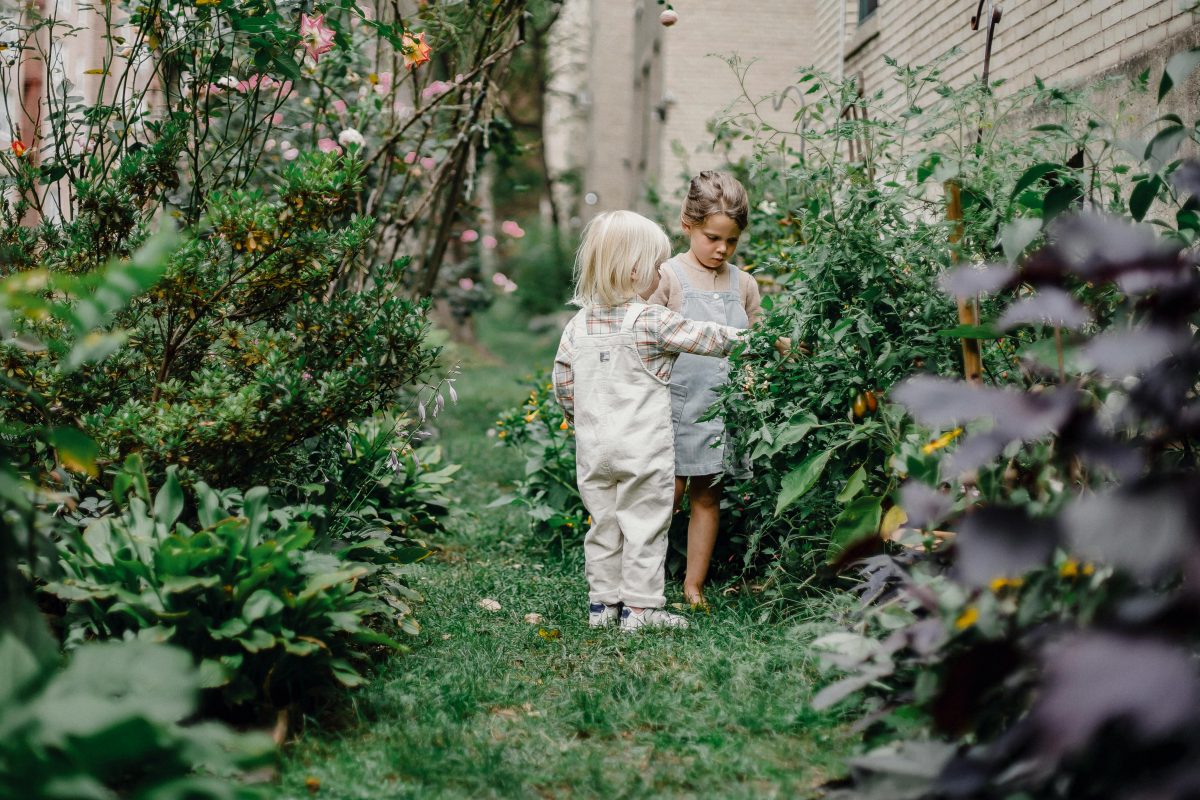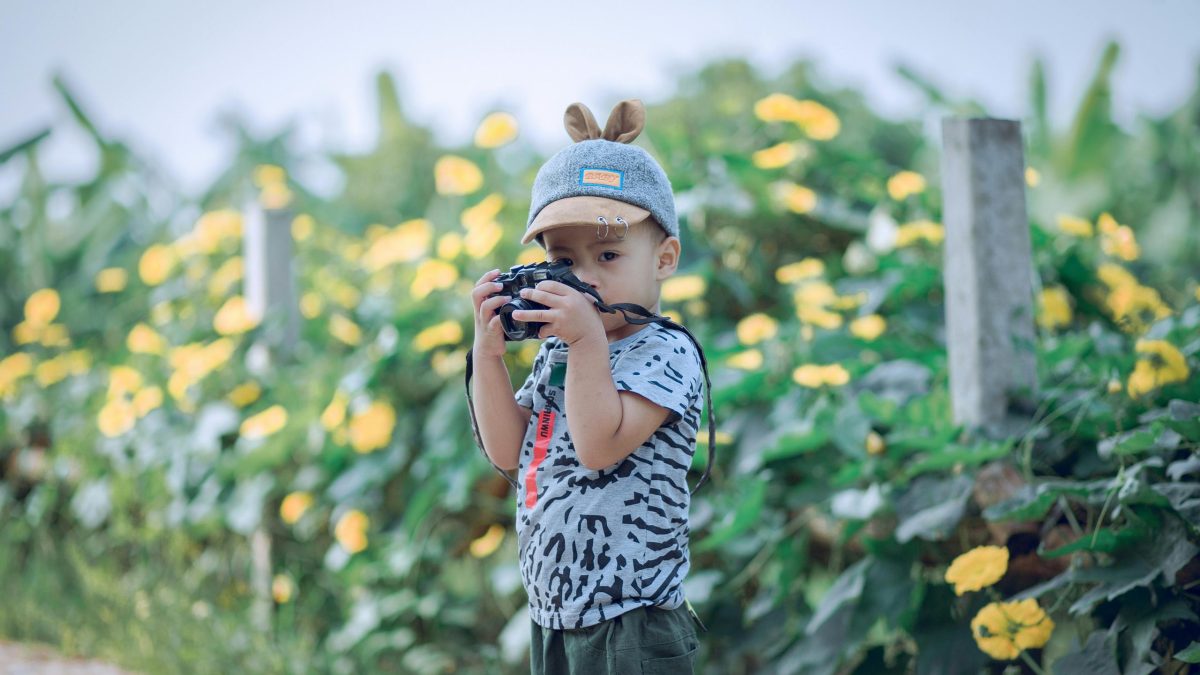Introduction to Child-Friendly Gardens

Outdoor play is not simply entertaining for kids; it’s a critical component of their development. The fresh air, the rough and tumble, and the opportunity to explore are all necessary for growing bodies and minds. Connecting children with nature goes beyond mere play; it instills a feeling of wonder, a respect for the environment, and a foundation for physical and mental health that can last a lifetime. A child-friendly garden, therefore, is not merely a location for play. It’s a classroom, a gym, and a sanctuary all rolled into one.
- Exploration: Crafting an environment that fosters exploration, creativity, and learning.
- Varied Plant Life: Stimulating the senses with various plants.
- Active Play Areas: Developing physical skills through play.
- Quiet Spots: Encouraging introspection and relaxation.
- Hands-on Learning: Offering opportunity to learn about the natural world.
Planning Your Garden Layout

Once you’ve embraced the concept of a child-friendly garden, the next step is to arrange your layout with care and creativity. Assessing your location for safety and accessibility is paramount. This entails ensuring there are no hazardous items or plants and that the space is easily navigable for tiny ones. It’s about providing a secure sanctuary where anxieties are avoided, and fun is maximised.
- Child-Sized Features: Catering to their physical dimensions develops freedom.
- Zoned Areas: Dividing your garden into play, learn, grow, and relax zones.
- Natural Barriers: Using hedges or modest fences for safety without seeming restricting.
Selecting Plants for a Child-Friendly Garden

Creating a child-friendly garden is a delightful trip into the world of plants, ensuring every choice adds to a safe, instructive, and interesting setting for our young explorers. The selection of plants is crucial, focusing on non-toxic, durable, and sensory kinds that inspire touch, scent, and wonder.
- Lavender & Sunflowers: Perfect beginnings with relaxing aroma and towering brightness.
- Wildlife Attraction: Native plants like bottlebrush and grevillea attract butterflies and bees.
- Edible Plants: Strawberries, cherry tomatoes, and carrots give hands-on learning.
- Seasonal Considerations: Ensuring year-round interest and engagement in the garden.
Educational Opportunities and Creative Spaces

Transforming a piece of your yard into a vegetable or flower patch provides a hands-on learning experience that’s both enjoyable and instructional. Children can spread seeds, tend to budding plants, and see the lifecycle of nature firsthand. This not only teaches students about the environment but also instils a sense of responsibility and the joy of fostering life.
Art in the Garden
Designate a portion of the yard for artistic activities. Here, youngsters can sketch, paint, and craft using natural materials. This creative environment helps children to study the beauty of their surroundings intently, transforming it into art. It’s a wonderful approach to develop creativity, with the added benefit of connecting kids more profoundly with nature.
Wildlife Interactions
Encouraging wildlife into the garden transforms it into a living classroom. Installing bird feeders, bug hotels, and butterfly gardens not only attracts numerous species but also gives wonderful learning opportunities. Children can watch the behaviors and roles of different organisms, understanding their value in our ecology. Such connections foster a sense of stewardship for the environment.
Safety Considerations in a Child-Friendly Garden

- Opt for soft, non-toxic surfaces under play equipment to cushion falls.
- Avoid sharp edges and ensure all constructions are strong and free from small, removable elements that could pose a choking hazard.
- Sun protection is crucial. Natural shade from trees, pergolas, or sail cloths offers a reprieve from the fierce Australian heat, while sun hats and accessible sunscreen stations encourage good practices.
- Water features, while attractive, necessitate diligent safety measures. Secure ponds with fences or choose for water play elements designed with children’s safety in mind—shallow, with smooth edges and non-slip surfaces.
- Regular maintenance checks are needed. Inspect plants for any that are harmful if swallowed or can cause skin discomfort. Play equipment should be checked for wear and tear, loose fittings, or rust.
Engaging Children in Garden Care and Maintenance

Introducing children to garden care and maintenance transforms duties into joyful learning activities. By providing age-appropriate duties, we empower our young gardeners, establishing a sense of responsibility and ownership over their green space.
Age-Appropriate Gardening Tasks and Tools
- Start with modest tasks like watering plants or choosing ripe veggies, using lightweight, child-sized tools.
- As youngsters grow, they can take on increasingly complicated duties such as planting seeds and weeding, always under adult supervision to ensure safety and provide direction.
Making Garden Chores Fun and Educational
Turn maintenance duties into games or learning opportunities. For instance, counting how many varieties of insects can be found while weeding or measuring how much a plant has grown each week. This not only keeps activities exciting but also slips in instructive elements.
Encouraging Responsibility and Ownership of the Garden Space
Give them their own small plot or plant to care for. This personal space helps kids to make decisions, witness the consequences of their activities, and take pride in their achievements, developing a lifetime relationship with nature.
Celebrating the Seasons and Harvests
Mark the changing seasons and the results of effort with garden-themed activities and gatherings. Harvest festivals, planting days, and seasonal craft activities highlight the cyclical nature of gardening and the rewards of patience and attention.
In Closing
A child-friendly garden is a sanctuary of growth and exploration. It supports not just plants, but young minds and souls, developing a deep, lifelong relationship with nature. Through the careful selection of plants, deliberate design, and integration of educational and creative areas, we construct surroundings that are safe, engaging, and filled with opportunity for learning and exploration. These gardens are not simply play areas but colorful classrooms under the sky, where every aspect is designed to foster curiosity, creativity, and a sense of stewardship for the natural world. Let us then develop these spaces with love and intention, for in them lies the germ of our children’s future.
How to Create a Child-Friendly Garden FAQs
Planting native flowers and shrubs, installing bird feeders, and creating a small pond can attract wildlife to your garden. These elements provide food, shelter, and water for various creatures, offering children the chance to observe wildlife up close. It’s important to ensure that the wildlife attracted is safe and appropriate for a child-friendly garden.
Planting trees or installing a canopy or pergola can create shaded areas in your garden for children. These shaded spots provide protection from the sun, making the garden more accessible and enjoyable during hot weather. Additionally, they can serve as comfortable spots for outdoor reading or resting.
Creating wide, flat pathways and raised planting beds can ensure your garden is accessible to children with disabilities. These adaptations make it easier for children who use wheelchairs or have mobility issues to navigate the garden and engage with the plants. Incorporating sensory plants with different textures and fragrances can also enhance the garden experience for children with visual impairments.
Incorporating elements like a sandbox, a small water feature, or a butterfly garden can make your garden more interesting for children. These features encourage interactive play, exploration, and learning about nature and ecosystems. Ensure that all features are safe and age-appropriate for the children who will be using them.
Using bright, bold colors in plant choices, garden furniture, and decorations can make your garden more appealing to children. Colorful gardens stimulate children’s senses and can make the space more inviting and fun for them to explore. Incorporating a variety of colors can also help children learn and differentiate between colors while they enjoy the natural environment.
Planting a vegetable garden, creating a compost pile, and setting up a weather station are educational activities that can be incorporated into a child-friendly garden. These activities teach children about plant biology, the importance of recycling organic waste, and basic meteorology. They also provide hands-on learning opportunities and a sense of responsibility.
Lightweight, child-sized tools made of durable, non-toxic materials are best for children to use in the garden. These tools should be easy for children to handle and designed specifically for their smaller hands, encouraging them to participate in gardening activities safely. It’s also important to supervise children while they use these tools to ensure they learn proper gardening techniques.
Non-toxic plants like marigolds, sunflowers, and snapdragons are safe for a child-friendly garden. These plants are not only safe if touched or accidentally ingested, but they also attract beneficial insects and are colorful, adding sensory stimulation for children. It’s important to research and ensure that all plants in the garden are non-toxic and safe for children to interact with.
Soft surfaces under play equipment, secure fencing, and non-toxic plants are essential safety features for a child-friendly garden. Soft surfaces like mulch or rubber mats can cushion falls, while secure fencing helps prevent children from wandering off. It’s also crucial to regularly check the garden for hazardous tools or substances and keep them out of children’s reach.
A sturdy, smooth fence without sharp edges and with a lockable gate is suitable for a child-friendly garden. This type of fencing keeps children safe from external dangers while preventing them from wandering off. The fence should be tall enough to prevent climbing and provide privacy and security for the garden area.

